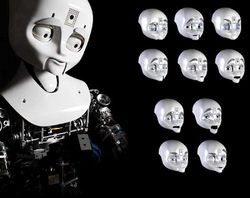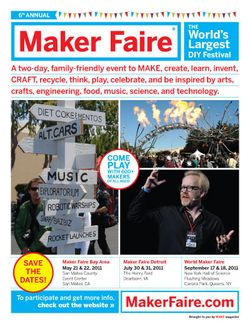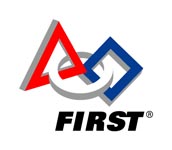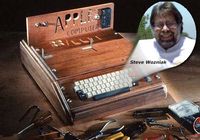Think of this as Volume 16, Number 18 of A-Clue.com, the online newsletter I've written since 1997. Enjoy.

Instead, analysts look for the next boom in the embers of the last one, much as at present everyone talks about the housing market.
Forget housing – that was the last boom. (Picture from LiveScience.)
Similarly, early in the last decade, I don't recall many people talking about housing or deficit finance as being the keys to growth. Everyone was stirring the embers of the tech bubble, hoping for a rebirth. Google's IPO was celebrated in part because everyone saw it as organic growth, rather than as a replacement for many, larger, more unfocused efforts that had failed.
Same thing in the 1990s. We spent three years talking about multimedia when the Internet was on our doorstep. And the 1980s – everyone talked about the PC rather than the secular change in enterprise computing, toward client server, that was the real economic driver.
Point is we should not be surprised at the current mistakes. But we shouldn't be fooled by them either.
The next boom has begun, but it's not about housing, nor is it about the Internet.
It's about making stuff.

So there's a lot of money to be made right now. But that's not will give the U.S. leadership for a decade. Chinese companies can mass produce solar panels for less than we'll be able to. The mass production benefits of low natural gas prices will fade – prices there are heading up as companies look to build LNG terminals, and use the current surplus to drive vehicles.
No. What will differentiate America in this decade is making. Specifically, 3D printing and robotics.
“Making” (as the kids call it) combines all the elements of booms from the past. It uses social networking and the Internet to bring minds together. It uses programming, especially open source, to quickly develop solutions. It enhances PC and printing technologies that were developed here in the 1970s. Plus, it takes advantage of a natural American ingenuity that has marked our economy since the time of Samuel Slater.

Next, cheap tools. How does $500 for a 3D printer strike you? How about 24 hours to turn around a robot design, to give you a working prototype from a design you create on a PC? This kind of thing is already making its mark in business, enabling super-fast prototyping and one-at-a-time production of precision parts.
OK, a home printer may not be able to make big stuff, but a robot that can weave with plastic may. And the intelligence within that robot means it can react to its environment. You're talking about customization built on any scale, robotically, computer-controlled.
The weakness in manufacturing has always been the size of the order. You need 10,000 units, you need 1 million units, you need 10 million units. For that kind of work, the fast way to get there is to hire hundreds of thousands of people and warehouse them – just as your great-grandmother may have been warehoused in New York a century ago.
But that's not the future. That's the past.

At this point in the evolution of Moore's Law, in 1972, groups like the Homebrew Computer Club were just getting together, as Maker Faires are bringing people together today. The Apple II was still several years away. At this point in the 1990s' boom, we were still noodling around with CD-ROMs, talking about multimedia as the change driver. The Web had been invented, as an idea, but it had yet to be spun.
All that's waiting in the case of the next boom is an Apple II to set off the touchpaper.











Where else could anyone get that kind of information in such a perfect way of writing and i was looking for more info.
Online GED
Where else could anyone get that kind of information in such a perfect way of writing and i was looking for more info.
Online GED
Awesome way of writing and like wise great information i enjoyed reading your posts very much and they are also really helpful to increase my knowledge.
Awesome way of writing and like wise great information i enjoyed reading your posts very much and they are also really helpful to increase my knowledge.